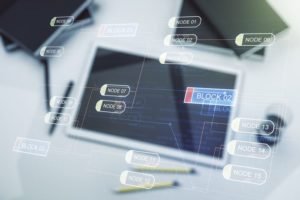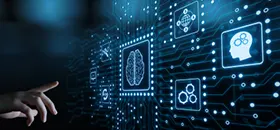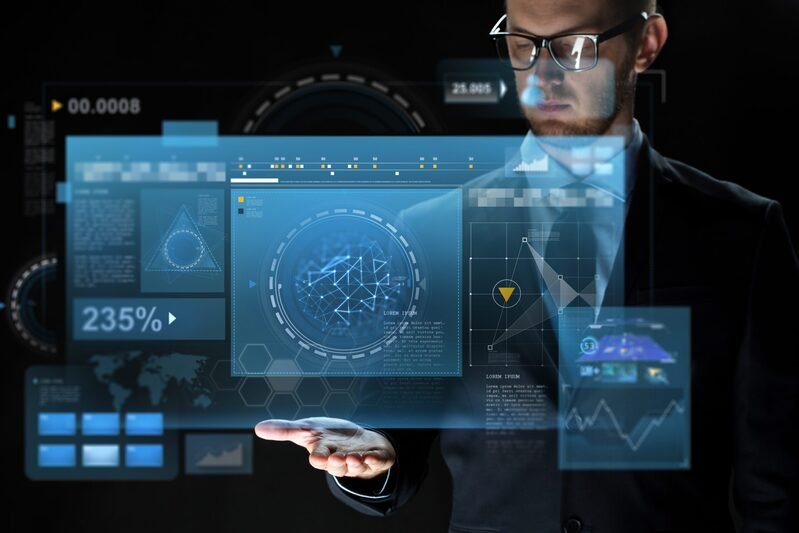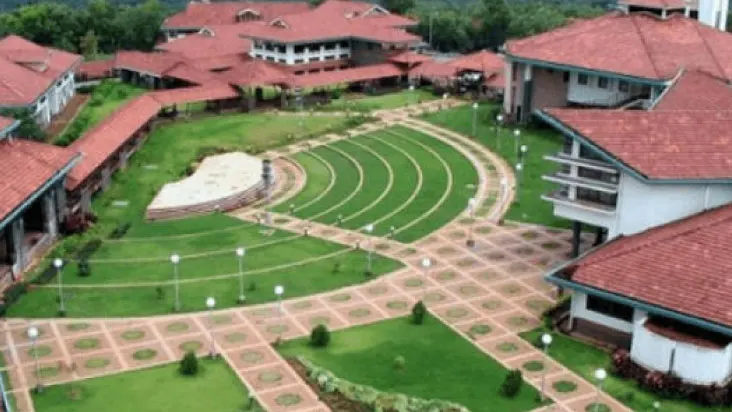Last updated on December 9th, 2022 at 08:37 am
Until the recent past, Artificial Intelligence or AI was familiar to us only through science fiction movies. Then AI came to real life in the form of digital personal assistants like Cortana and Siri. Even though we were not fully aware, the AI researches were making rapid progress under the radar. From a pure personal assistant in our smartphones, the AI applications have grown into a giant business tool used to analyze and understand valuable data. In this article, we will discuss how India is trying to make use of AI to solve transportation woes in the country and how useful it could be...
Transportation Woes in India
It was found during the Harappa and Mohenjo-Daro excavation that roads existed in India as early as BC 2500. The importance of roads was escalated only after the Second World War. The number of motorized vehicles increased and hence the use of roads. Since then many attempts have been initiated by the government to improve the transportation facilities in the country. However, new issues came along with the time and few of them remain to be solved yet. The following are the significant issues recognized in Indian transport.
- Road Accidents and Congestion
- High Number of Traffic Death
- Insufficient Public Transportation Infrastructure
- Lack of Assisted Vehicle Technology
- Need for sustainable transportation
The AI way
NITI Aayog (National Institution for Transforming India), a policy think tank of India has identified the following applications of AI to improve traffic in the country.
- Autonomous Trucking - Through creative platooning and other techniques offered by independent trucking, a significant increase in efficiency and safety can be achieved. Optimal road- space utilization is also plausible through this system.
- Intelligent Transportation System - It includes sensors, automatic number plate recognition camera, speed detection camera, CCTV camera, stop line violation detection systems, and signalized pedestrian crossing. Using AI, a real-time dynamic controlling of traffic flow can be made.
- Travel Flow/Route Optimization - Given the access to traffic data, AI can make predictions about the traffic conditions and make human-like decisions on route selection. AI can also predict the flow of traffic at the network level and recommend flow strategies to contain congestion.
- AI for Railways - Through real-time operational data analysis, train operators can be provided with a safer work environment. The derailment accidents can be predicted with remote condition monitoring using non-intrusive sensors for track circuits, monitoring signals, axle counters power supply systems, etc.
- Community-Based Parking - In this system, AI is used to help drivers find vacant parking spaces. After collecting data about the parking spaces, the AI allocates cars to areas, in a way that the demand is always met.
Is That Enough?
Without a doubt, we can say that AI is going to improve our traffic conditions. Problems related to congestion and strategy planning will most certainly be improved. Better traffic control and road utilization can be expected. However, the Indian transportation woes extend beyond that. The Issues regarding lack of infrastructure are not going to be changed by AI.
The introduction of AI may not solve all the traffic woes, but a considerable increase in the efficiency of current facilities can be achieved. Better utilization will undoubtedly improve the transport facilities in the country.








